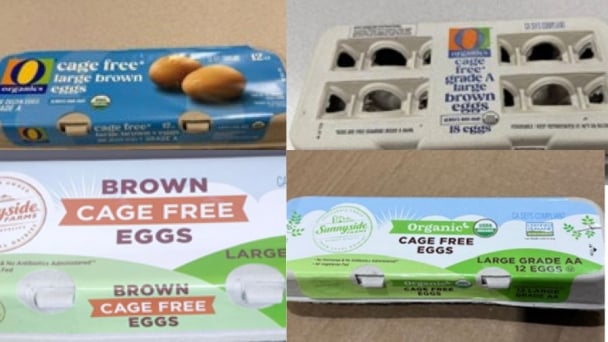June 17, 2025 | 23:05 GMT +7
June 17, 2025 | 23:05 GMT +7
Hotline: 0913.378.918
June 17, 2025 | 23:05 GMT +7
Hotline: 0913.378.918

Unfavorable weather conditions and disease outbreak in Japan’s main production regions have reduced wheat and barley production estimates, but rice is bucking the trend with higher yields and better quality for marketing year 2024-25.
Unfavorable weather conditions and disease outbreak in Japan’s main production regions have reduced wheat and barley production estimates, but rice is bucking the trend with higher yields and better quality for marketing year 2024-25, according to a report from the Foreign Agricultural Service (FAS) of the US Department of Agriculture (USDA).
With an anticipated 1.08 million tonnes harvested, the wheat estimate is down 5.8% from the 1.14 million tonnes produced in 2023-24 but remains above the 10-year average. At 234,000 hectares (up 1% year on year), wheat planted area has increased annually since 2020-21 as farmers shifted production from rice to wheat due to low rice prices.
The FAS projects modest wheat consumption growth in 2024-25, up 1% to 5.55 million tonnes from the previous year, based on demand from the tourism and foodservice sectors, as well as a shift from rice to wheat products as rice prices soar.
Due to decreased production, the FAS forecasts an increase in wheat imports in 2024-25 to 5.5 million tonnes, up from 5.34 million tonnes the prior year.
Almost all barley is produced in paddies in rotation with rice, wheat and soybeans and the planting areas have increased since 2022-23 reflecting robust demand as domestic barley has become price competitive with imported barley.
The FAS sees barley production in 2024-25 at 220,000 tonnes, a drop of 5.6% from 233,000 tonnes in 2023-24 from 64,500 hectares.
Rice estimates are anticipating higher production in 2024-25 on better yields and quality compared to last year, but the FAS projects a 3.1% decrease in consumption to 7.9 million tonnes as rising prices are expected to weaken demand for table rice and for feed.
Japan’s milled rice production is projected to reach 7.35 million tonnes, up 7.29 million tonnes year on year, though harvested acres will be down 1.3% to 1.46 million hectares, following a long-term trend as aging farmers quite or reduce rice farming, the FAS said.
The FAS is forecasting higher corn imports in 2024-25 based on the projected increase in overall feed demand and corn use in feed rations, where the competitively priced commodity is replacing rice in the latter half of 2023-24 while dipping into barley and wheat demand in 2024-25.
Japan produces very little corn, but in 2024-25 is projected to import 15.7 million tonnes, up from 15.4 million tonnes in 2023-34 and 14.9 million tonnes in 2022-23. Consumption for feed is seen at 12.5 million tonnes, up from 12 million tonnes year on year.
(WG)

(VAN) Extensive licensing requirements raise concerns about intellectual property theft.

(VAN) As of Friday, a salmonella outbreak linked to a California egg producer had sickened at least 79 people. Of the infected people, 21 hospitalizations were reported, U.S. health officials said.

(VAN) With the war ongoing, many Ukrainian farmers and rural farming families face limited access to their land due to mines and lack the financial resources to purchase needed agricultural inputs.

(VAN) Vikas Rambal has quietly built a $5 billion business empire in manufacturing, property and solar, and catapulted onto the Rich List.

(VAN) Available cropland now at less than five percent, according to latest geospatial assessment from FAO and UNOSAT.

(VAN) Alt Carbon has raised $12 million in a seed round as it plans to scale its carbon dioxide removal work in the South Asian nation.

(VAN) Attempts to bring down the price of the Japanese staple have had little effect amid a cost-of-living crisis.